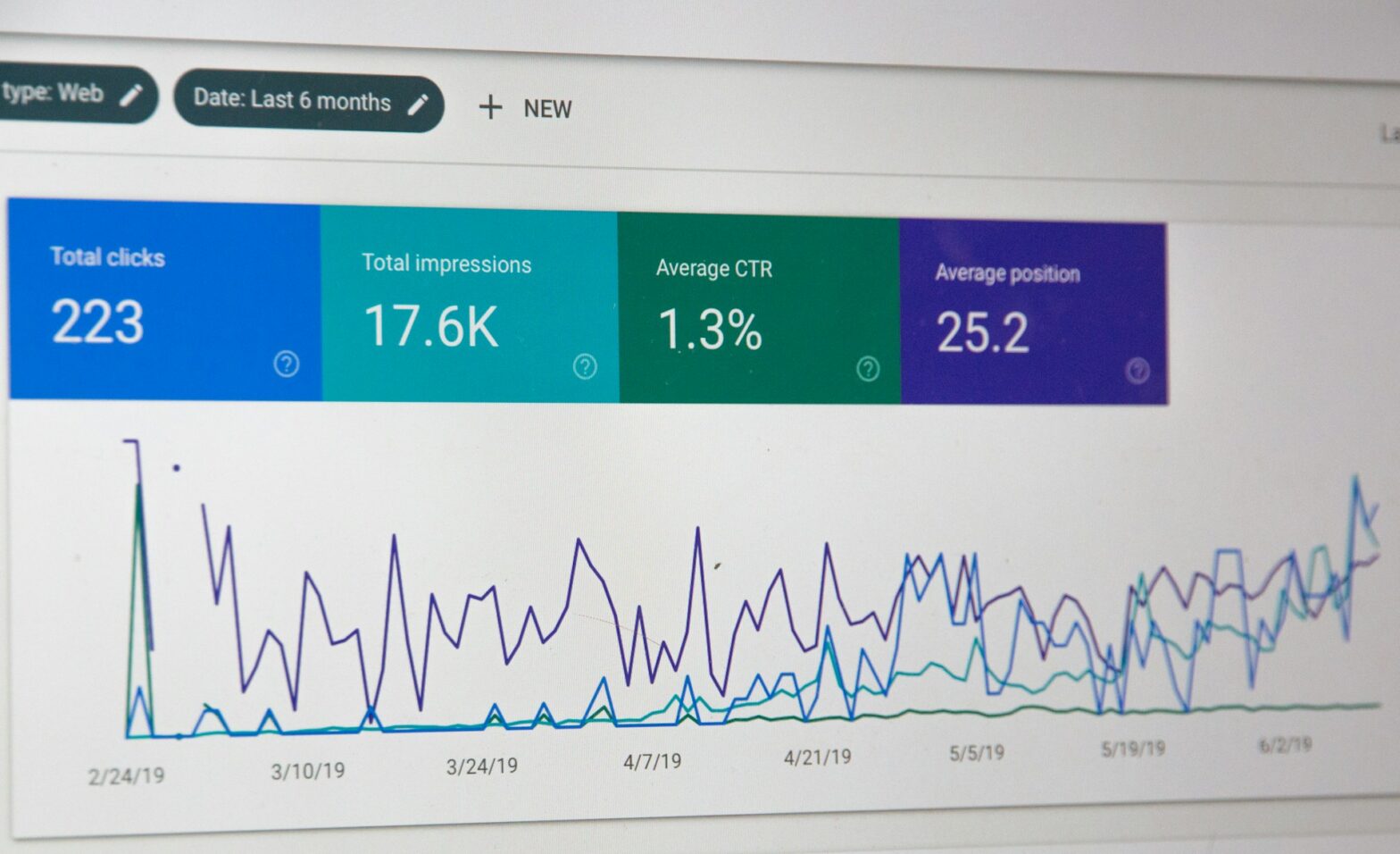Understanding Product Metrics and KPIs:
Product metrics are quantitative measures that track various aspects of a product’s performance, such as user engagement, retention, revenue, and satisfaction. Key Performance Indicators (KPIs) are a subset of product metrics that are critical for measuring the success of a product and achieving business objectives. By tracking product metrics and KPIs, teams can assess the effectiveness of their strategies, identify areas for improvement, and drive continuous optimisation and innovation.
Identifying Key Metrics and KPIs:
Identifying the right metrics and KPIs requires a deep understanding of the product’s objectives, target audience, and business model. Several key steps can help teams identify relevant metrics and KPIs:
- Define Business Objectives: Start by defining clear, measurable business objectives for the product, such as increasing revenue, acquiring new customers, or improving user engagement. These objectives provide the framework for identifying relevant metrics and KPIs.
- Understand User Journey: Map out the user journey and identify key touch points where users interact with the product. This helps identify metrics related to user behaviour, such as acquisition, activation, retention, referral, and revenue generation.
- Align with Stakeholder Needs: Understand the needs and priorities of stakeholders, such as executives, investors, and customers, and identify metrics and KPIs that align with their goals and expectations.
- Focus on Leading and Lagging Indicators: Differentiate between leading indicators, which predict future performance, and lagging indicators, which measure past performance. Balance a mix of leading and lagging indicators to provide a comprehensive view of the product’s health and trajectory.
Measuring Product Metrics and KPIs:
Measuring product metrics and KPIs involves collecting data, analysing trends, and deriving insights to inform decision-making. Several best practices can help teams effectively measure and interpret product metrics and KPIs:
- Data Collection and Analysis: Implement robust data collection mechanisms to capture relevant metrics and KPIs accurately. Leverage analytics tools, such as Google Analytics, Mixpanel, or Amplitude, to track user behaviour, conversion rates, and other key metrics.
- Establish Baselines and Targets: Establish baseline values and set targets for each metric and KPI based on historical data, industry benchmarks, or internal goals. Regularly track performance against these targets to assess progress and identify areas for improvement.
- Segmentation and Cohort Analysis: Segment users based on relevant criteria, such as demographics, behaviour, or acquisition channel, and analyse their performance separately. Cohort analysis helps track how different cohorts of users behave over time and identify patterns or trends.
- Iterate and Experiment: Continuously iterate on product features and strategies based on insights derived from product metrics and KPIs. Conduct A/B tests, experiments, and pilots to validate hypotheses and optimise performance.
Product metrics and KPIs are essential tools for measuring the success of a product and guiding product development efforts. By identifying relevant metrics and KPIs, collecting and analysing data effectively, and using insights to inform decision-making, teams can drive continuous improvement and innovation, ultimately delivering value to customers and stakeholders alike. As organisations increasingly adopt data-driven approaches to product management, mastering product metrics and KPIs will continue to be a critical skill for product managers and business leaders in today’s competitive business landscape.
